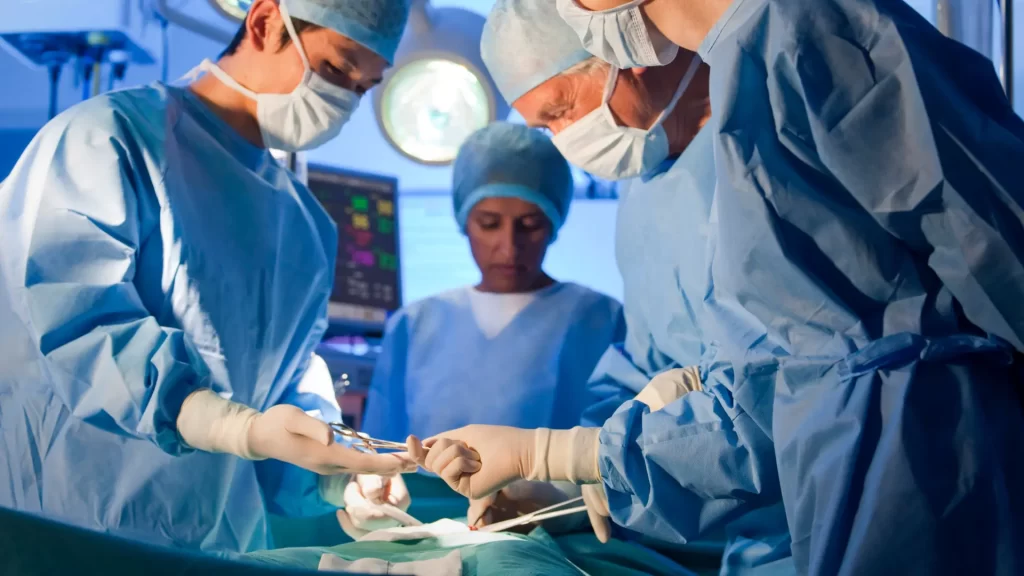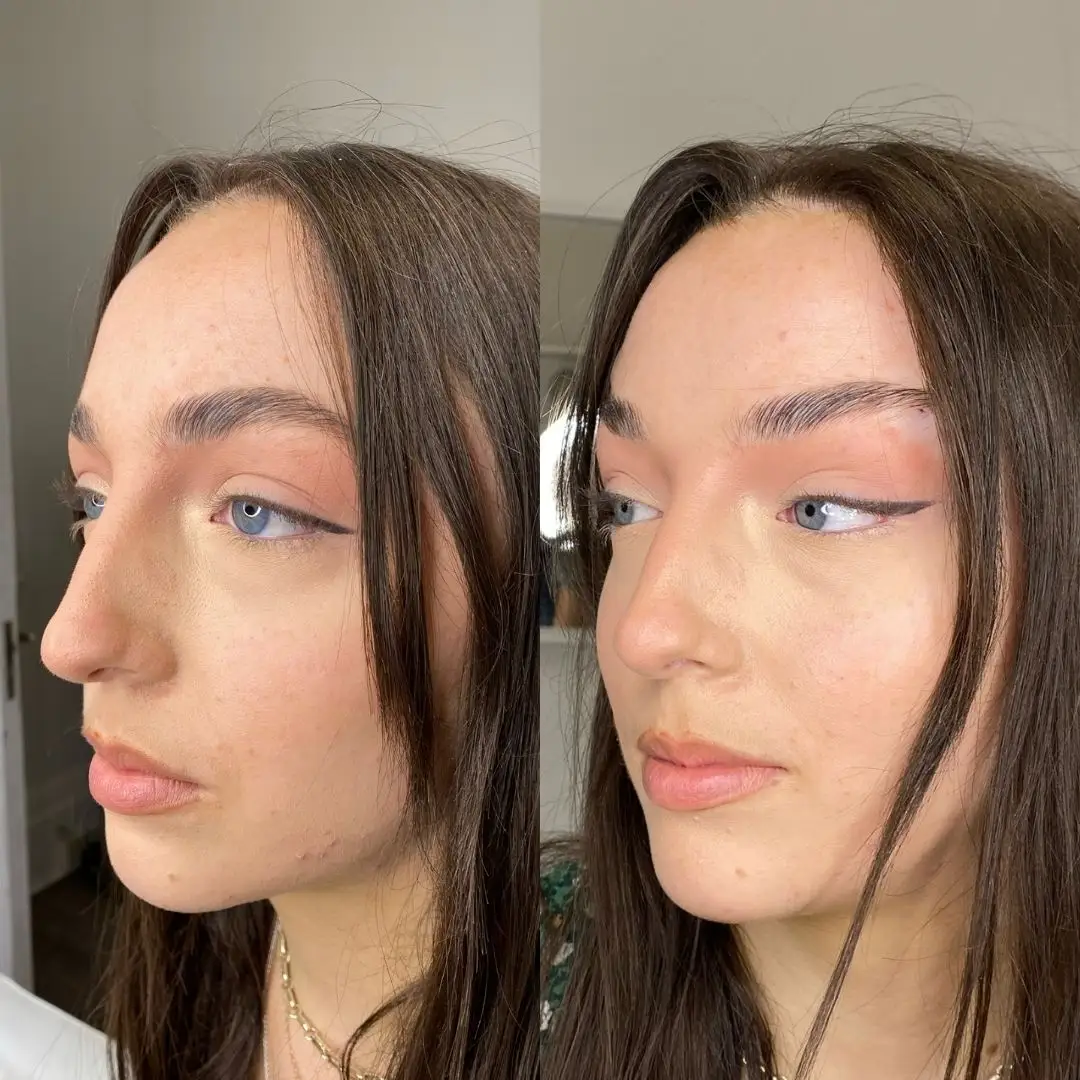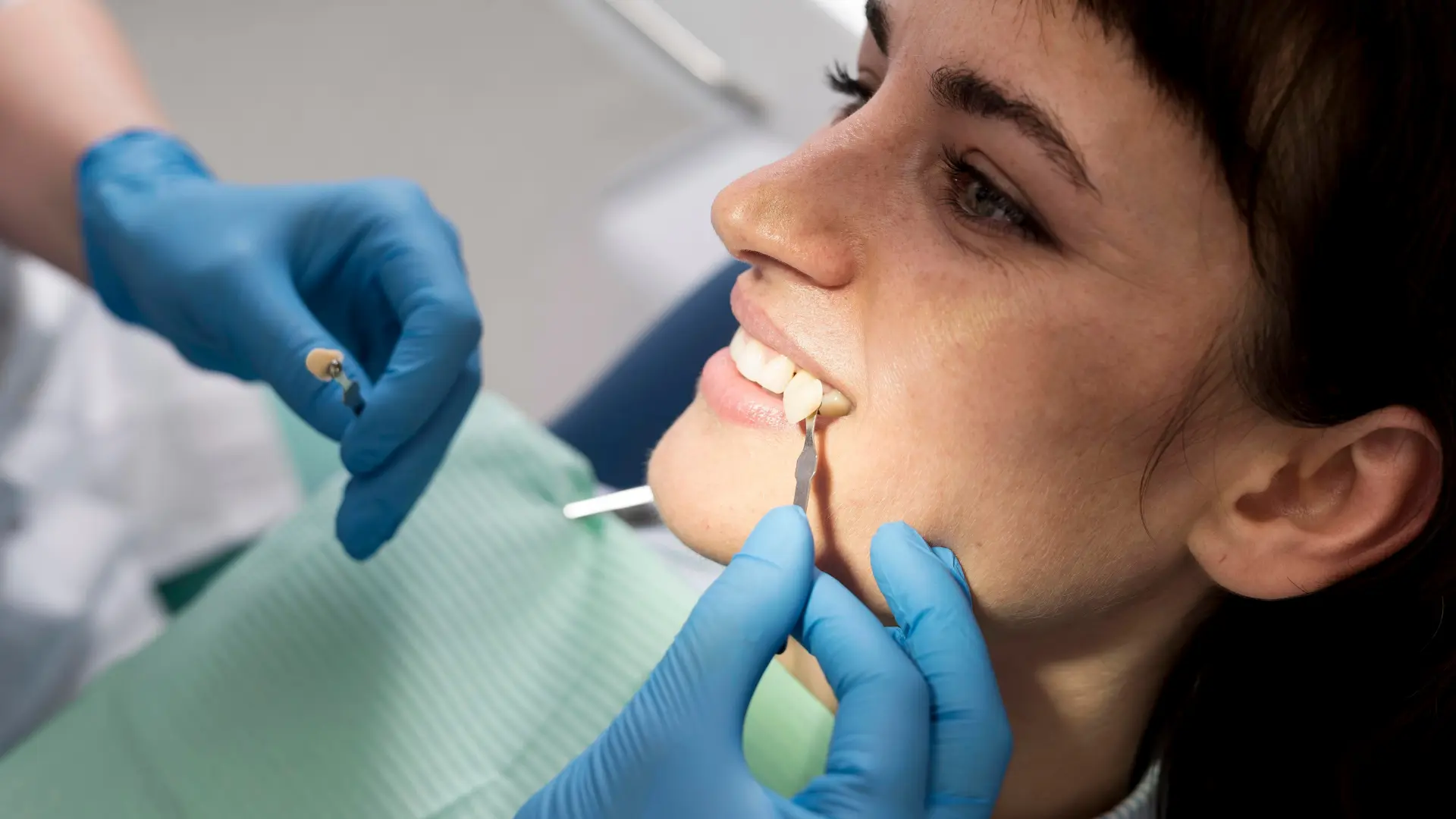Are you ready to take the first step in your journey of self-discovery and self-expression? Top surgery could be the key to unlocking your true self, whether you’re seeking chest feminization or chest masculinization. But with so many factors to consider, it can be overwhelming. Don’t worry, we’ve got you covered! Our blog will walk you through the essential components of both transformative operations, so you can make an informed decision and take the next step with confidence.
What is Top Surgery?
Top surgery is a life-changing surgical procedure that aims to help transgender and non-binary individuals feel more comfortable in their own skin. It is a form of gender-affirming surgery that involves altering the chest to better align with an individual’s gender identity.
For many transgender and non-binary individuals, top surgery is an important step in their journey toward feeling more authentically themselves. It can provide a sense of relief and empowerment, helping to alleviate feelings of dysphoria and improving overall mental health and well-being.
By undergoing top surgery, individuals are able to achieve a more congruent physical appearance that aligns with their internal sense of self. It is a significant and often emotional process, but one that can ultimately lead to a more positive and fulfilling life.
Who may benefit from top surgery?
Top surgery is a transformative option for individuals whose chest does not align with their gender identity. It benefits transgender men by providing a more masculine chest contour, alleviating dysphoria, and enhancing their authenticity.
Non-binary individuals can achieve a chest appearance that reflects their gender diversity, while transgender women often opt for chest feminization surgery for a more feminine chest.
Beyond these specific gender identities, top surgery is a crucial tool in reducing gender dysphoria and improving overall well-being. However, it’s essential to recognize that the decision to pursue top surgery is deeply personal and should be made after thoughtful consideration. It’s important to have a support system and an emotionally stable state when you’re deciding.

Types of Top Surgery
When it comes to top surgery, the choice of procedure is primarily determined by the gender identity and desired outcome of the individual. There are two main types of top surgery available – chest feminization and chest masculinization. The preferred outcome of the individual is the key factor in selecting the most suitable option.
Chest Feminization Surgery
Chest feminization surgery, also known as breast feminization surgery or male-to-female (MTF) breast augmentation, is a gender-affirming surgical technique commonly selected by transgender women. Chest feminization surgery can include:
- Breast Augmentation: It is one of the most popular applications for chest feminization. The goal is to make the breasts fuller and rounder in order to feminize the overall look.
- Nipple and Areola Repositioning: To feminize the appearance of the breasts, your surgeon may reposition the nipple and surrounding region.
- Tissue Reconfiguration: Liposuction or tissue removal may be required in some circumstances to contour the chest and decrease any extra tissue. This is done to make the breast region seem flatter and smoother.
Chest Masculinization Surgery
Chest masculinization surgery, commonly known as female-to-male (FTM) top surgery or chest contouring surgery, is a gender-affirming surgical technique selected by transgender males or people born female who want a more masculine chest look. Chest masculinization surgery can include:
Breast Tissue Extraction: The breast tissue is removed by the surgeon to create a flatter and more masculine chest shape. The amount of tissue removed depends on the patient’s goals and needs.
Contouring of the Chest: Liposuction or tissue contouring may be used to further sculpt the chest, eliminating superfluous tissue and generating a more defined male chest look in some circumstances.

The procedure of Top Surgery
Top surgery is an important part of gender-affirming surgeries that modify the chest to match an individual’s gender identification. There are two types of top surgery: chest feminization surgery, which is meant for transgender women and those born male, and chest masculinization surgery, which is designed for transgender men and those born female.
The procedure of chest feminization surgery begins with a consultation with a trained surgeon to analyze the patient’s objectives, anatomy, and surgical choices. Preoperative examinations are performed to confirm that the patient is a good candidate for the surgery.
In contrast, the first consultation for chest masculinization surgery is similar to the approach for chest feminization surgery. Preoperative assessments are performed to determine the patient’s suitability.
The surgeon removes breast tissue through incisions often in the pectoral area, repositions the nipple and areola, and may utilize liposuction and tissue sculpting to achieve a more masculine chest shape while under general anesthesia.
Sutures are then used to close the incisions, and dressings and compression garments are used.
Recovery Step of Top Surgery
Recovery following top surgery, whether chest feminization or chest masculinization surgery, is an important step in the gender-affirming path. Patients normally follow a well-defined healing period following the operation. This procedure frequently includes postoperative care, pain management, and activity restrictions. While everyone’s healing journey is unique, patients should expect a broad timetable of several weeks to months.
Patients progressively regain strength and movement during the next few weeks. Swelling and bruising are normal, but they will go away with time. Follow-up meetings with the surgeon are essential for monitoring development and addressing any issues.
The length of recovery depends on the type of operation, individual healing variables, and general health. Patients must be patient and compassionate to themselves during this process, which may be emotionally and physically taxing. During the rehabilitation process, emotional support and therapy can be quite beneficial.
Risks, Complications and Side Effects of Top Surgery
Although top surgery is typically safe when performed by qualified surgeons, it is critical to be informed of the risks, problems, and side effects connected with these procedures.
Infection, excessive bleeding, anesthesia-related difficulties, scarring, and changes in nipple feeling are all potential risks and consequences. Asymmetry or unequal outcomes may occur in certain individuals, necessitating revision surgery. Hematomas or seromas (blood or fluid collections) may form and need drainage. Although uncommon, skin or tissue necrosis can occur.











